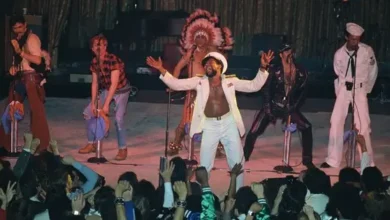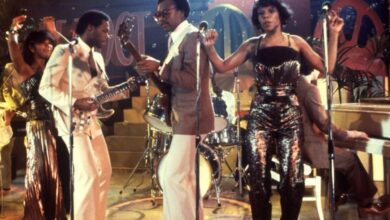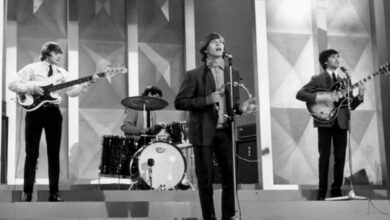Connie Francis Delivered A Timeless Rendition Of “Who’s Sorry Now”
In 1958, the music world witnessed a remarkable resurgence of a classic tune when Connie Francis released her rendition of “Who’s Sorry Now?” This song not only became her breakthrough hit but also cemented her status as a leading female vocalist of the late 1950s and early 1960s.
Born Concetta Rosa Maria Franconero on December 12, 1938, in Newark, New Jersey, Connie Francis was immersed in music from a young age. Her Italian-American family nurtured her talents, and by the time she was a teenager, she was already performing at local events and on television shows. Despite her evident talent, Francis faced several setbacks in her early recording career, with multiple singles failing to chart.
The turning point came when her father, George Franconero Sr., suggested she record “Who’s Sorry Now?”—a song originally penned in 1923 by Ted Snyder, Bert Kalmar, and Harry Ruby. Initially, Francis was hesitant, considering the song outdated. However, her father’s persistence led her to record it during a session in October 1957. This decision would prove to be pivotal.
Upon its release in November 1957, “Who’s Sorry Now?” initially garnered modest attention. However, its fortunes changed dramatically after being featured on Dick Clark’s “American Bandstand” in January 1958. The exposure propelled the song up the charts, eventually reaching number four on the Billboard Hot 100 and securing the top spot on the UK Singles Chart for six weeks.
The success of “Who’s Sorry Now?” was a testament to Francis’s vocal prowess and the song’s timeless appeal. Her rendition struck a chord with both older audiences familiar with the original and younger listeners drawn to its contemporary arrangement. This cross-generational appeal was instrumental in revitalizing the song and introducing it to a new era.
Following this breakthrough, Connie Francis’s career soared. She became known for her versatility, effortlessly transitioning between genres such as pop, rock and roll, and country. Hits like “Stupid Cupid,” “Lipstick on Your Collar,” and “Everybody’s Somebody’s Fool” showcased her adaptability and solidified her place in the music industry.
Francis’s impact extended beyond the American music scene. She was one of the first American artists to record songs in multiple languages, including Italian, Spanish, and German. This endeavor not only broadened her fan base but also set a precedent for future artists aiming for international appeal.
The success of “Who’s Sorry Now?” also had significant implications for the music industry. It demonstrated the potential of reviving older songs with modern arrangements, leading to a trend where artists reimagined classics for contemporary audiences. This approach bridged generational gaps and expanded the repertoire of popular music.
Moreover, Francis’s rise to fame highlighted the evolving role of female artists in the industry. At a time when the music scene was predominantly male-dominated, her success challenged norms and paved the way for future female performers to take center stage.
Over the years, “Who’s Sorry Now?” has maintained its charm, appearing in various films, television shows, and commercials. Its enduring popularity is a testament to its timeless melody and relatable lyrics, ensuring its place in the annals of music history.
Connie Francis’s rendition of the song has inspired numerous artists to cover it, each bringing their unique style to the classic. These interpretations have kept the song relevant across different musical eras, showcasing its versatility and universal appeal.
In recognition of her contributions to music, Francis has received numerous accolades throughout her career. Her influence is evident in the works of many contemporary artists who draw inspiration from her style and success.
Reflecting on the legacy of “Who’s Sorry Now?” it’s clear that the song’s revival was a milestone in music history. It not only marked the emergence of a new star but also exemplified the power of music to transcend time and resonate with diverse audiences.
In conclusion, Connie Francis’s “Who’s Sorry Now?” is more than just a hit song; it’s a cultural touchstone that encapsulates a pivotal moment in the evolution of popular music. Its success story offers valuable insights into the dynamics of the music industry and the timeless nature of a well-crafted melody.



